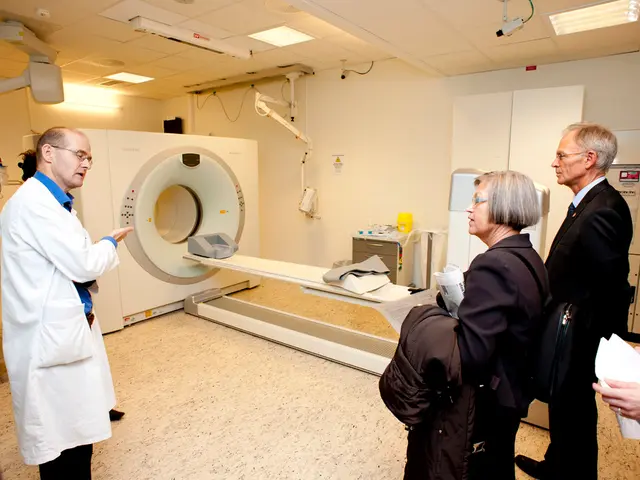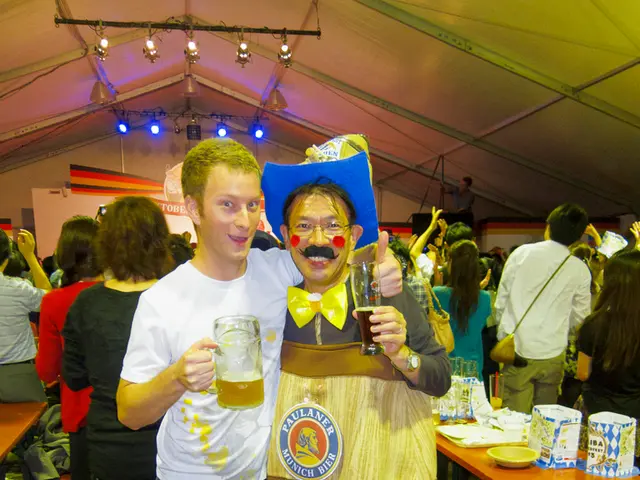Europe Armies Adapt to New Forms of Conflict: The Rise of Emerging Technologies
Armed Conflict 3.0: Europe's Quest for Intelligent Military Defense Strategies
In the wake of the ongoing Ukraine conflict, Europe is stepping up its game, embracing novel and disruptive technologies to better prepare for unconventional battlefields.
European military forces are heavily relying on cutting-edge technologies, such as artificial intelligence (AI), robotics, and autonomous systems, to give them an edge over adversaries. AI, for instance, excels in analyzing massive data sets to predict threats and facilitate swift decision-making, enhancing overall situational awareness and command processes.
Robotics is another key area, with European forces increasingly deploying transport robots and drones, both for surveillance and offensive purposes. The impact of drones has been particularly notable in Ukraine, where they account for approximately 80% of Russian casualties, highlighting the disruptive power of this technology on the modern battlefield.
Against enemies, Europe is also investing in precision-guided munitions, visually guided missiles, hypersonic weapons, and advanced materials. These advancements are paving the way for better protection, lighter, more durable equipment, and quicker strike capabilities. Quantum technologies are also on the radar, with the potential to revolutionize secure communications, sensors, and computational power for military applications.
To drive innovation, various European nations are organizing hackathons like the one in Warsaw, bringing together talented developers from across the continent to design cutting-edge defense solutions in just 24 hours. These projects range from software-defined radios for locating enemy positions to AI-assisted medical therapies for rapid treatment of antibiotic-resistant infections in soldiers.
Ukraine's defense sector has earned recognition as one of the most dynamic and experimental in the world, capable of swiftly turning ideas into operational weaponry. Europe is fostering collaboration with Ukraine, recognizing its potential as a strategic partner in mutual defense.
The pressure is on for Europe to accelerate the adoption of these technologies, address growing threats such as cyberattacks, vulnerabilities in energy infrastructure, and space disruptions. Europe must also shore up investment in these emerging technologies and overcome the fragmented investment among member states, the persistent gap between civilian and military technologies, and the lack of capital access for defense startups.
All in all, Europe is embracing a strategic evolution, with an increasing focus on self-reliance, mutual defense, and leveraging the latest technologies to remain one step ahead in the face of decreasing U.S. support and rising geopolitical tensions with Russia. These advancements will serve as essential tools in the quest for collective security and resilience on the dynamic modern battlefield.
- As technological advancements continue to shape modern warfare, the medical-conditions sector is also exploring AI-assisted therapies for soldiers, aiming to quickly treat antibiotic-resistant infections.
- In the realm of general-news, Europe's adaptation to new forms of conflict isn't limited to war-and-conflicts; it also tackles growing threats like cyberattacks and vulnerabilities in energy infrastructure.
- In the health-and-wellness arena, Europe's defense startups are developing software-defined radios that could locate enemy positions, showcasing how their groundbreaking technology crosses over from military to civilian applications.









